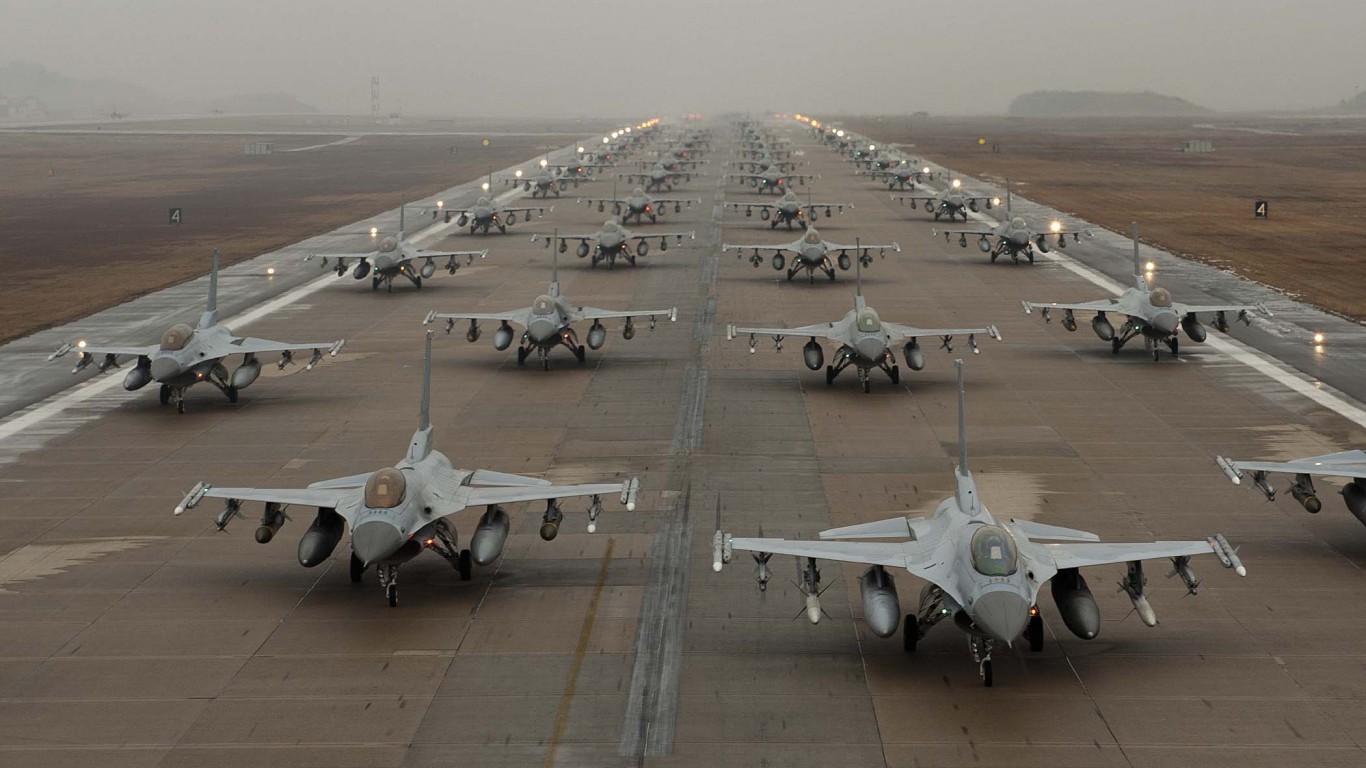
"As Ukrainian President Volodymyr Zelenskyy put it, the arrival of the multirole jets represents a " new chapter " for the air force. The F-16's versatility opens up tactical and strategic possibilities that the older Soviet aircraft couldn't exploit. However, the donations of F-16s come with strings attached. The debate over whether or not to limit where the F-16s can operate could have a huge bearing on the conflict's outcome."
"A multirole fighter jet, the F-16's main strength is its versatility. It can carry out air-to-air and air-to-ground missions. That means the F-16 can intercept and engage enemy aircraft or missiles, support friendly land units, and attack ground targets. It is highly maneuverable and has a good operational range. The F-16 represents a significant upgrade to the Soviet-era jets Ukraine previously relied on."
The first batch of F-16s arrived in Ukraine in late 2024 after a long campaign and hundreds of meetings. The American-made multirole fighter jet has a long proven service history with dozens of operators and multiple variants; the jets sent to Ukraine were part of a mid-life update in the 1990s. The F-16 can perform air-to-air and air-to-ground missions, intercept enemy aircraft or missiles, support ground units, and strike ground targets, offering maneuverability and good range. Donor aircraft will come from NATO members, with Belgium pledging 28 by 2028 and Denmark pledging 19. Operational restrictions, donor conditions, and questions about weapon integrations such as JASSM create political and strategic debate that could affect the conflict's outcome.
Read at 24/7 Wall St.
Unable to calculate read time
Collection
[
|
...
]